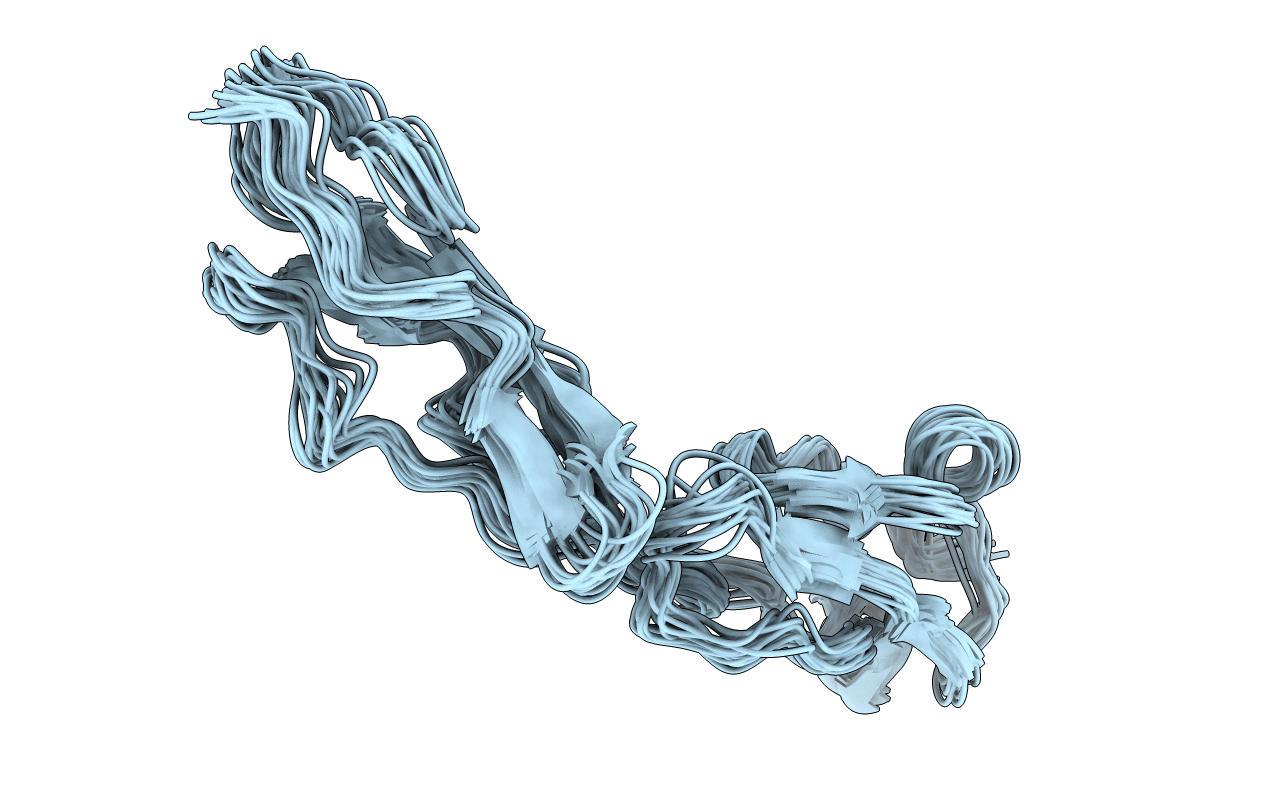
Deposition Date
2013-08-27
Release Date
2013-11-13
Last Version Date
2024-11-20
Method Details:
Experimental Method:
Conformers Calculated:
100
Conformers Submitted:
20
Selection Criteria:
structures with the lowest energy


